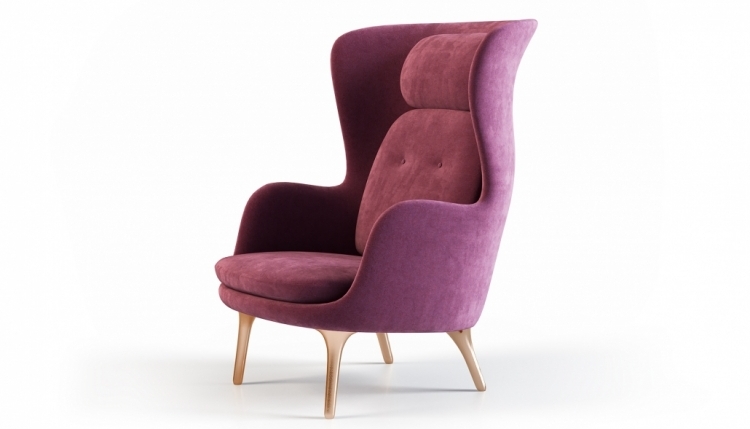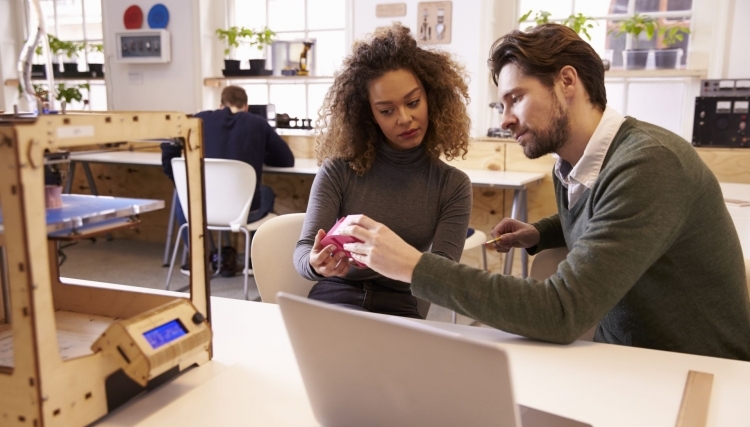Rapid Prototyping
5 Ways It Streamlines Furniture Design And Production
What is rapid prototyping? It’s a new manufacturing technology that ensures businesses’ evolution around digital innovation and supports sustained competitiveness. To be more specific, it’s the creation of the product’s near-real prototype. It is designed to help identify how much a product is able to solve the problem it is designed to. Rapid prototypes are built in a way that enables potential users to interact with them and provide feedback.
Such an approach is a great solution for furniture development and manufacturing. It saves time and money since spots almost immediately if the product will or will not perform in real life. There are other amazing ways 3D modeling for rapid prototyping helps accelerate furniture development and manufacturing. Take a look!
#1. Rapid Prototyping Helps Communicate The Design Aspects Through 3D Models

Rapid prototyping, when combined with 3D modeling, is super effective. It can better explain in detail the feel and the look of the future product. 3D modeling allows a high fidelity from the intended product if compared with the traditional paper prototyping. Ready-made 3D models accelerate the whole process. Yet, with the help of 3D software, it is always possible to customize proportions and structure at any stage of the product development process.
Rapid prototyping works by short cycles to adjust fast the overall design. Thus, furniture designers can convey their ideas and implement them prior to finalization very quickly. The visibility that rapid prototyping ensures helps receive an early concept validation from the team, investors, and end-users.
#2. It Saves Big Bucks and Time

Rapid prototyping services in the production are cost-effective and decrease the time spent on working out cutouts, molds and also relieve from expanses on additional tools. One will exploit the same printing devices and CAD program to generate different geometries. Thus, there’s way less material wasted since nowadays selective laser melting is enough. In traditional paper prototyping, CNC machining, the misuse produced is big enough compared to rapid prototyping where they only use the material that’s necessary to construct a project.
Not only does it save time, but it makes use of it. Fast iterative prototyping accelerates the whole marketing process of the product. By reaching the market quicker, manufacturers recoup their development costs faster, which also leads to fewer labor costs.
#3. Technology Incorporates Modifications Instantly

Imagine how fast the final product can be produced when all agree upon its design almost immediately? Well, it’s quite possible with rapid or 3D product prototyping. The model basically starts small, with a few core areas mocked up, and gains breadth and depth over several iterations. The process continues until the prototype is finalized and forwarded for the development of the final product. The operational efficiency is most obvious in the iterations. They vary from real-time modifications to cycles of a few days.
What’s more, with this technology, designers can try parallel prototyping and implement multiple ideas. Obviously, they can use the sequential one, but the parallel enables the teams to outperform even more. Enhanced productivity is ensured thanks to the simultaneous implementation of multiple ideas, which prevents teams from over-focusing on fixing instead of actual producing.
#4. Rapid Prototyping Decreases Product Design Flaws

Rapid prototyping or additive manufacturing allows spotting inconveniences in the design before mass production. Materials used for it almost look like the real-life product’s properties. So, it is possible to test a model easily.
Errors and serviceability can be identified at an early stage helping to avoid risks that will undermine the production. If the team tracks major drawbacks, they can fix it at the prototyping phase, which is less costly than doing it at the development one. Or, if the readjustment is impossible, they can abandon the project with relatively few resources wasted. It especially makes sense for investors who plan to invest more funds in manufacturing.
#5. It Encourages Teamwork And Feedback

The technology allows everyone involved to stay on the same page. The designers distribute the rapid prototyping model across the team, stakeholders, and end-users. Each and everybody can assess and provide feedback. This is a great opportunity to negotiate on the iterations and come to a mutual agreement over a final product.
By the way, 3D modeling mentioned above as a great addition to rapid prototyping works by the same principle. 3D renders describe the functionality and usability of the product at the development stage, suggest preliminary assessment and further modifications. This way, it is absolutely possible to make a great prototype from the first try and avoid wasting money and time for redesigning and other adjustments.
Rapid prototyping help specialists bring their ideas to life in a very accurate, advanced, and powerful way serving many purposes. This tool is a must-have for effective planning, look designing, diagnostics, and identifying drawbacks in early design phases. Nowadays, it has already become an integral of many furniture developers. Testing it out and then fine-tuning to meet the needs of the deal customers allow the business to pack a punch amongst competitors.
Willing to streamline the creation of furniture prototypes by using high-end 3D models for 3D printing? Reach out to our A-team and get the best 3d modeling services on the market of digital innovative technologies.



Leave a Reply
Want to join the discussion?Feel free to contribute!